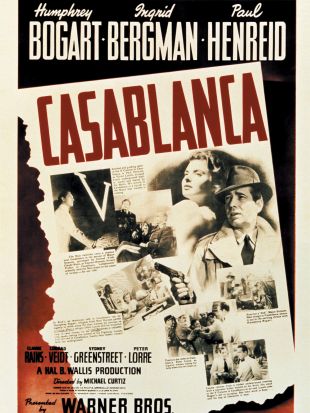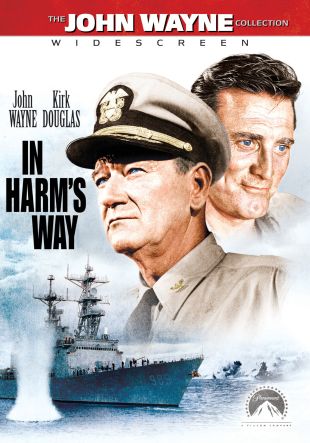The son of optical effects director William Butler, Lawrence W. Butler started his career working with his father in the United States. In the mid-'30s, however, he went over to England and into the employ of Hungarian-born producer/director Alexander Korda at the latter's London Films, starting with the studio's gargantuan production of Things to Come (1936) at the newly constructed Denham Studios. Butler subsequently did special effects work on The Man Who Could Work Miracles and Fire Over England. Much more important, however, was his work, in conjunction with Ned Mann and others, in developing and perfecting the blue-screen traveling matte process, which was shown off to stunning effect in the 1940 fantasy film The Thief of Bagdad, which won Butler an Academy Award (shared with Jack Whitney, for the sound portion) for its special effects. He moved back to Hollywood with that movie's production and worked on such Korda-produced films as That Hamilton Woman, Lydia, The Jungle Book (1942, for which he won a second Academy Award), and To Be or Not to Be.
Butler then moved to Warner Bros., where he served as special effects director on Casablanca, among other films, and his work can also be found in such movies as the fantasy comedy The Horn Blows at Midnight (1945). After World War II, he went to work for Columbia Pictures as head of their special effects department, and contributed directly to such movies as Gilda, The Lady From Shanghai, and The Caine Mutiny. Butler's later credits included work on such widely divergent productions as Robinson Crusoe on Mars, In Harm's Way, and Marooned. His last project was an uncredited contribution to Don Siegel's Charley Varrick (1973).


